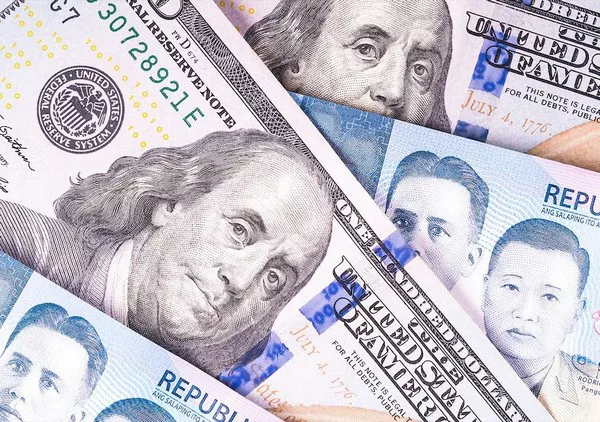In the opening of a data-packed week, the U.S. dollar saw a dip, while the British pound gained ground, fueled by a resurgence in consumer confidence. At 04:00 ET (09:00 GMT), the Dollar Index, measuring the greenback against a basket of currencies, edged down by 0.1% to 103.262, setting the stage for a monthly loss of approximately 3%, marking its weakest performance in a year.
The downward trend of the U.S. dollar throughout the month is attributed to mounting expectations that the Federal Reserve could initiate rate cuts in the coming year, following the likely conclusion of its rate-hiking cycle earlier in November. This anticipation gained momentum after October’s consumer price inflation remained unchanged. Traders are now turning their attention to another U.S. inflation report scheduled for Thursday, particularly focusing on the personal consumption expenditures (PCE) price index. Analysts expect a 0.1% rise in November, a decline from the 0.4% increase observed in September.
GBP/USD demonstrated a 0.1% increase to 1.2616 in Europe, reaching a two-month high. The surge was propelled by a positive consumer confidence reading on Friday, indicating a shift toward optimism among Britons regarding the economic outlook and their personal finances. Bank of England Governor Andrew Bailey acknowledged the challenge of bringing inflation down to the central bank’s 2% target but emphasized the recent decline was primarily due to the normalization of energy costs.
EUR/USD observed a 0.1% uptick to 1.0941, buoyed by improved sentiment among German exporters in November, as revealed by a survey from the Ifo economic institute. Despite the positive indicator, Klaus Wohlrabe, head of surveys at Ifo, noted that German companies are yet to fully benefit from the economic upswing in many countries. Germany’s third-quarter economic contraction by 0.1%, as reported on Friday, adds to the complexities of the economic landscape.
In Asia, USD/CNY inched up by 0.1% to 7.1547, following a marginally weaker daily midpoint fix by the People’s Bank of China. Eyes are now on the upcoming purchasing managers index (PMI) data for November, scheduled for Thursday, which will provide crucial insights into business activity. USD/JPY traded 0.2% lower at 149.08, with the yen among the better-performing currencies for the day. Japanese industrial production and retail sales data are anticipated later this week.
AUD/USD witnessed a 0.3% rise to 0.6600, ahead of key inflation and retail sales data expected later in the week. Additionally, Reserve Bank of Australia Governor Michele Bullock is scheduled to speak, adding to the factors influencing the Australian dollar’s movements in the days ahead. The intricate dance of economic data and sentiment swings continues to shape the landscape of currency markets as traders navigate through a dynamic and data-rich environment.


